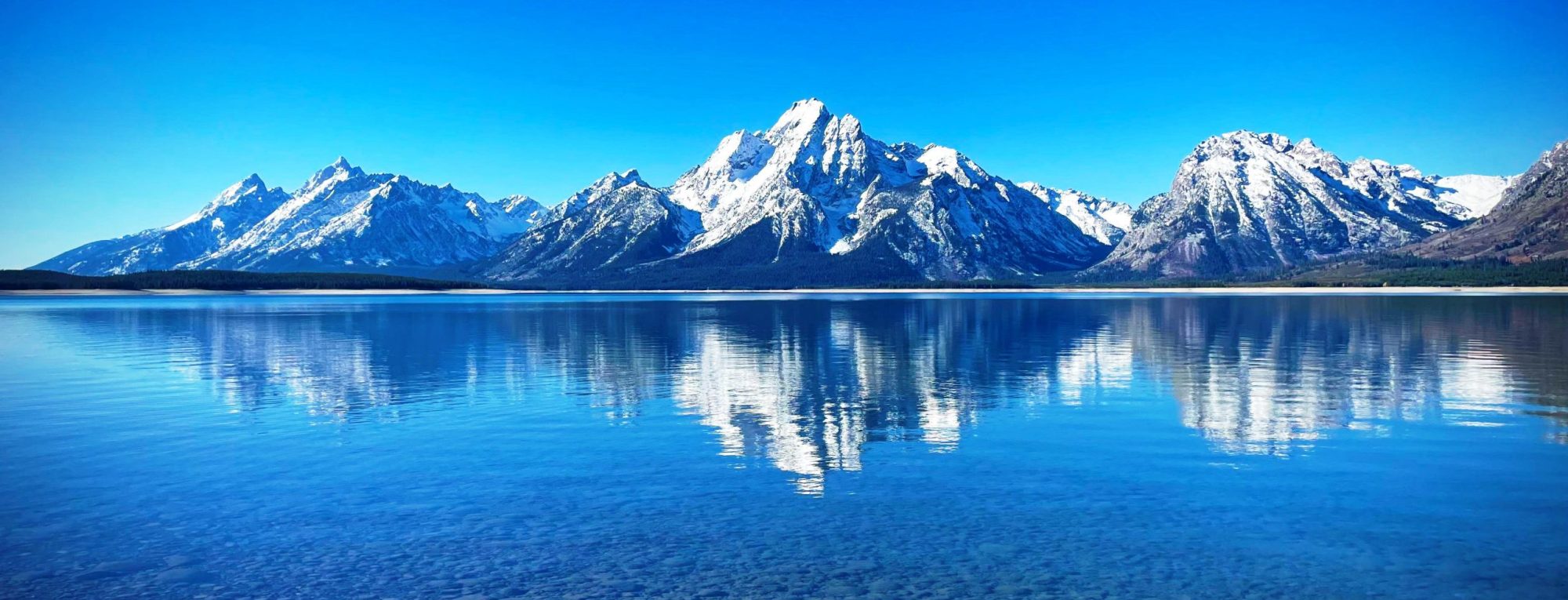Hohes Brett is a mountain of Bavaria, Germany. The Hohes Brett (~high shelf) is a 2,340 meter (2,338 m above sea level, according to other data) high mountain in Goellstock, which is located in the Berchtesgadener Alps. The border between Germany (state of Bavaria) and Austria runs over its peak. Its name is derived from the flat, rocky plateau near the peak, which offers a good overview of the Berchtesgadener Alps and to the Tennen Mountains. The Hohes Brett is considered an unproblematic and worthwhile mountain hike, and in addition to the Schneibstein is counted among the easiest “two-thousanders” in the Berchtesgaden region....
The Hohgant is a mountain of the Emmental Alps, located south of the Emmental in the canton of Berne. The main summit has an elevation of 2,197 metres above sea level and is distinguished by the name Furggengütsch. Several caves (F1 and K2 networks) developing in the Urgonian limestone formation (Aptian) have their entrances on the Hohgant mountain. The F1 cave is connected to the Siebenhengste cave network. from Wikipedia, the free encyclopedia
The Hoher Riffler is 3,168 m (AA) high and is the tallest mountain in the Verwall Alps, a mountain range in Central Eastern Alps. It is situated in the West of the Austrian state of Tyrol. from Wikipedia, the free encyclopedia
The Hoher Prijakt (“High Prijakt”, 3,064 m (AA)) and Niederer Prijakt (“Low Prijakt”, 3,056 m above sea level (AA)) are a prominent double summit which, seen from the west and north, form one of the most attractively-shaped mountains of the Schober Group in the state of Tyrol in western Austria. The summit cross was placed on the lower Niederer Prijakt which is easier to see from the valley. The easiest route to the Hoher Prijakt takes about three hours from the Hochschober Hut heading for the Mirnitzscharte notch, later turning north and heading past the lake of Barrenlesee until just below the western Barreneckscharte notch and finally making its way along the unchallenging eastern arête to the summit. The route is waymarked and free of snow...
The Hoher Kranzberg is a mountain in Bavaria, Germany. Compared to its neighbours in the Wetterstein Mountains and the Karwendel Mountains, the Hoher Kranzberg is more of a gentle grass hill. from Wikipedia, the free encyclopedia
The Hoher Kasten is a mountain in the Appenzell Alps, overlooking the Rhine in Eastern Switzerland. It is located on the border between the cantons of Appenzell Innerrhoden and St. Gallen. The summit is easily accessible with a cable car starting at Brülisau, south of Appenzell. A revolving restaurant, offering panoramic views, has been built on the top. Ascents to Hoher Kasten and the neighouring summit Kamor were already described in the early 19th century. from Wikipedia, the free encyclopedia
The Hoher Göll is a 2,522 m (8,274 ft) mountain in the Berchtesgaden Alps. It is the highest peak of the Göll massif, which straddles the border between the German state of Bavaria and the Austrian state of Salzburg. The Hoher Göll massif rises above Obersalzberg near Berchtesgaden. It lies between the Königssee and Königsseer Ache in the west, opposite the Watzmann and the Salzach Valley of the Tennengau region in the east. Neighbouring peaks include Hohes Brett, Jenner and the Kehlstein spur with the famous Kehlsteinhaus, linked to the Hoher Göll via the Mannlgrat ridge. from Wikipedia, the free encyclopedia
The Hoher Fricken (“High Fricken”) is a mountain 1,940 m above sea level (NHN) high, in the Ester Mountains in the Bavarian Prealps and lies between the Wank and the over 2000 m high Bischof. Below and to the north is the Niederer Fricken (“Low Fricken”, 1,682 m above sea level (NHN)) and the Fricken Cirque (Frickenkar). The summit may be reached as a mountain hike from Oberau or from the swimming pool in Farchant (via the path to the Esterbergalm) or rather more steeply from Farchant on a route going past the Kuhflucht Waterfalls.[1] Halfway up the climb via the Kuhflucht Falls lies the Fricken Cave. Hiking time in each case is about 4 hours. Since the re-opening of the Farchant railway halt in December 2010 the Munich–Garmisch-Partenkirchen railway once...
Hoher Dachstein is a strongly karstic mountain in central Austria and the second-highest mountain in the Northern Limestone Alps. It is situated at the border of Upper Austria and Styria, and is the highest point in each of those states. Parts of the massif also lie in the state of Salzburg, leading to the mountain being referred to as the Drei-Länder-Berg (“three-state mountain”). The Dachstein massif covers an area of around 600 square kilometres (230 sq mi) with dozens of peaks above 2,500 m, the highest of which are in the southern and southwestern areas. The main summit of the Hoher Dachstein is at an elevation of 2,995 metres (9,826 ft). Seen from the north, the Dachstein...
The Hoher Burgstall is a mountain, 2,611 m, in the Kalkkögel mountain chain in the Stubai Alps, southeast of the Schlicker Seespitze (2,804 m) mountain, the tallest in the Kalkkögel. Its summit offers a good view into the Oberbergtal, the upper Stubaital, the Serles ridge and the majority of the Kalkkögel. from Wikipedia, the free encyclopedia
